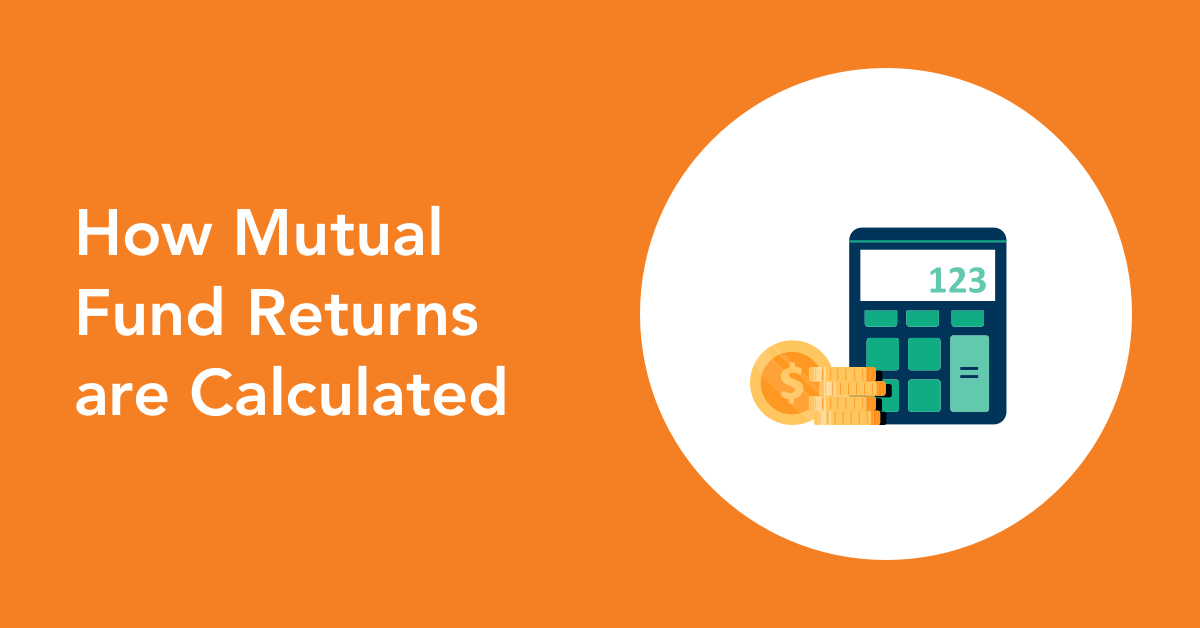The performance of a mutual fund is popularly gauged by checking the Net Asset Value (NAV) of the fund scheme. NAV is the per-unit market value of the securities of the mutual fund scheme. However, there are five popular techniques used for calculating the return of mutual funds.
Annual Return
The simplest of all mutual funds return calculation methods, annual return, depicts a time-weighted return percentage for one year. If the NAV of your scheme was Rs 10 and Rs 15 at the end of the year, the annual return as per the formula would be,
(NAV at the end of the year – NAV at the beginning of the year) / NAV at the beginning of the year
(Rs 15 – Rs 10) / Rs 10 = 0.5 or 50%.
It is a popular and easy way of measuring how your mutual funds have performed during the financial year.
Absolute Returns
Also known as point-to-point return, absolute return uses the same mathematical formula as annual return. However, if you are calculating absolute return, the percentage could indicate the scheme’s performance at any point in time. For instance, if you want to see a mutual fund’s performance between January and September 2021, the return would be,
(NAV on 1 January 2021 – NAV on 31 September 2021) / NAV on 1 January 2021 X 100
As it doesn’t consider a time frame, it is not commonly used for comparisons.
Simple Annualized Returns
If you have the absolute return for a specific period but want to find out the annualized percentage of the same return, the simple annualized return formula comes in handy. Let’s assume that your mutual fund‘s investment grew by 10% in three months. The simple annualized return would be,
(1 + Absolute return) ^ (365/Number of days held) – 1
= (1 + 0.1) ^ (365/90) – 1
= 47.2%
Compounded Annual Growth Rate
CAGR calculates the growth in investment by showing the steady rate of return, thereby ironing out the market volatility, at least statistically. CAGR is useful in calculating the return in investments held over one year. It provides you with an annualized return while considering the effects of compounding. Let’s calculate the CAGR of a scheme whose NAV rose from Rs 10 to Rs 20 in two years.
Its formula is [ (Ending Value / Beginning Value) ^ 1/number of years – 1] X 100
[ (20 / 10) ^ 1/2 – 1] X 100 = 41%
Extended Internal Rate of Return
Also known as XIRR, it is used to calculate the return on your SIP investments. You will need the SIP amount, investment dates, redemption date, and redemption amount. Using this information, you can calculate XIRR in MS Excel.
Conclusion
When it comes to investing in mutual funds via lump sum or SIP, Tata Capital Moneyfy App provides you with an easy-to-use platform. The Moneyfy App provides you with a SIP calculator and analytics to help you choose and monitor your mutual funds.
Smriti Jain is the owner and senior content publisher at Financesmarti. Financesmarti is a website where she shares a lot of useful stuff for the people and business of India. This includes small business ideas and other banking information, as well. Smriti completed her education in science & technology from Delhi University. Smriti usually has interests in digital marketing now, and she has chosen this career for the full-time opportunity. The primary purpose of starting this blog to provide quality information on the banking industry to the people.

Leave a Reply